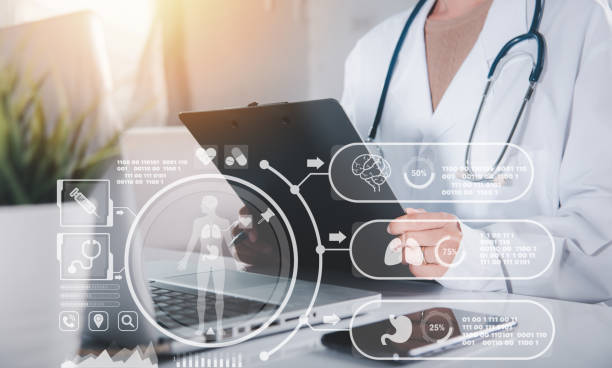
Benefits of Remote Patient Monitoring in Hospitals
Posted by on 2024-07-04
Remote Patient Monitoring (RPM) is a revolutionary technology that has transformed the way healthcare is delivered in hospitals. By using devices such as wearables, sensors, and mobile apps, healthcare providers can now monitor their patients' vital signs and health data in real-time from a remote location. This has not only improved the quality of care but also brought about numerous benefits for both patients and healthcare providers.
One of the key benefits of RPM in hospitals is the ability to provide continuous care to patients, even when they are not physically present in the hospital. This means that patients with chronic conditions or those who require regular monitoring can now be looked after round-the-clock without having to stay in the hospital. This not only reduces the burden on hospitals but also allows patients to go about their daily lives without having to constantly visit medical facilities.
Another major advantage of RPM is early detection and prevention of potential health issues. By continuously monitoring patients' vital signs, healthcare providers can identify any abnormalities or warning signs before they escalate into serious health problems. This proactive approach to healthcare not only improves patient outcomes but also reduces hospital readmissions and unnecessary emergency room visits.
Furthermore, RPM helps in improving patient engagement and satisfaction by giving them more control over their own health. Patients can track their own health data, set goals, and receive personalized feedback from healthcare providers through RPM devices. This empowerment motivates patients to take charge of their own well-being and leads to better adherence to treatment plans.
Additionally, RPM has proven to be cost-effective for hospitals by reducing overall healthcare costs through early intervention, fewer hospitalizations, and improved efficiency in delivering care. It also enables healthcare providers to remotely monitor multiple patients simultaneously, thereby increasing productivity and reducing workload.
In conclusion, Remote Patient Monitoring has revolutionized healthcare delivery in hospitals by providing continuous care, early detection of health issues, empowering patients, improving patient outcomes, enhancing patient engagement and satisfaction while being cost-effective for hospitals. As technology continues to advance rapidly, it is clear that RPM will play an increasingly important role in shaping the future of healthcare delivery worldwide.
One of the key benefits of RPM in hospitals is the ability to provide continuous care to patients, even when they are not physically present in the hospital. This means that patients with chronic conditions or those who require regular monitoring can now be looked after round-the-clock without having to stay in the hospital. This not only reduces the burden on hospitals but also allows patients to go about their daily lives without having to constantly visit medical facilities.
Another major advantage of RPM is early detection and prevention of potential health issues. By continuously monitoring patients' vital signs, healthcare providers can identify any abnormalities or warning signs before they escalate into serious health problems. This proactive approach to healthcare not only improves patient outcomes but also reduces hospital readmissions and unnecessary emergency room visits.
Furthermore, RPM helps in improving patient engagement and satisfaction by giving them more control over their own health. Patients can track their own health data, set goals, and receive personalized feedback from healthcare providers through RPM devices. This empowerment motivates patients to take charge of their own well-being and leads to better adherence to treatment plans.
Additionally, RPM has proven to be cost-effective for hospitals by reducing overall healthcare costs through early intervention, fewer hospitalizations, and improved efficiency in delivering care. It also enables healthcare providers to remotely monitor multiple patients simultaneously, thereby increasing productivity and reducing workload.
In conclusion, Remote Patient Monitoring has revolutionized healthcare delivery in hospitals by providing continuous care, early detection of health issues, empowering patients, improving patient outcomes, enhancing patient engagement and satisfaction while being cost-effective for hospitals. As technology continues to advance rapidly, it is clear that RPM will play an increasingly important role in shaping the future of healthcare delivery worldwide.